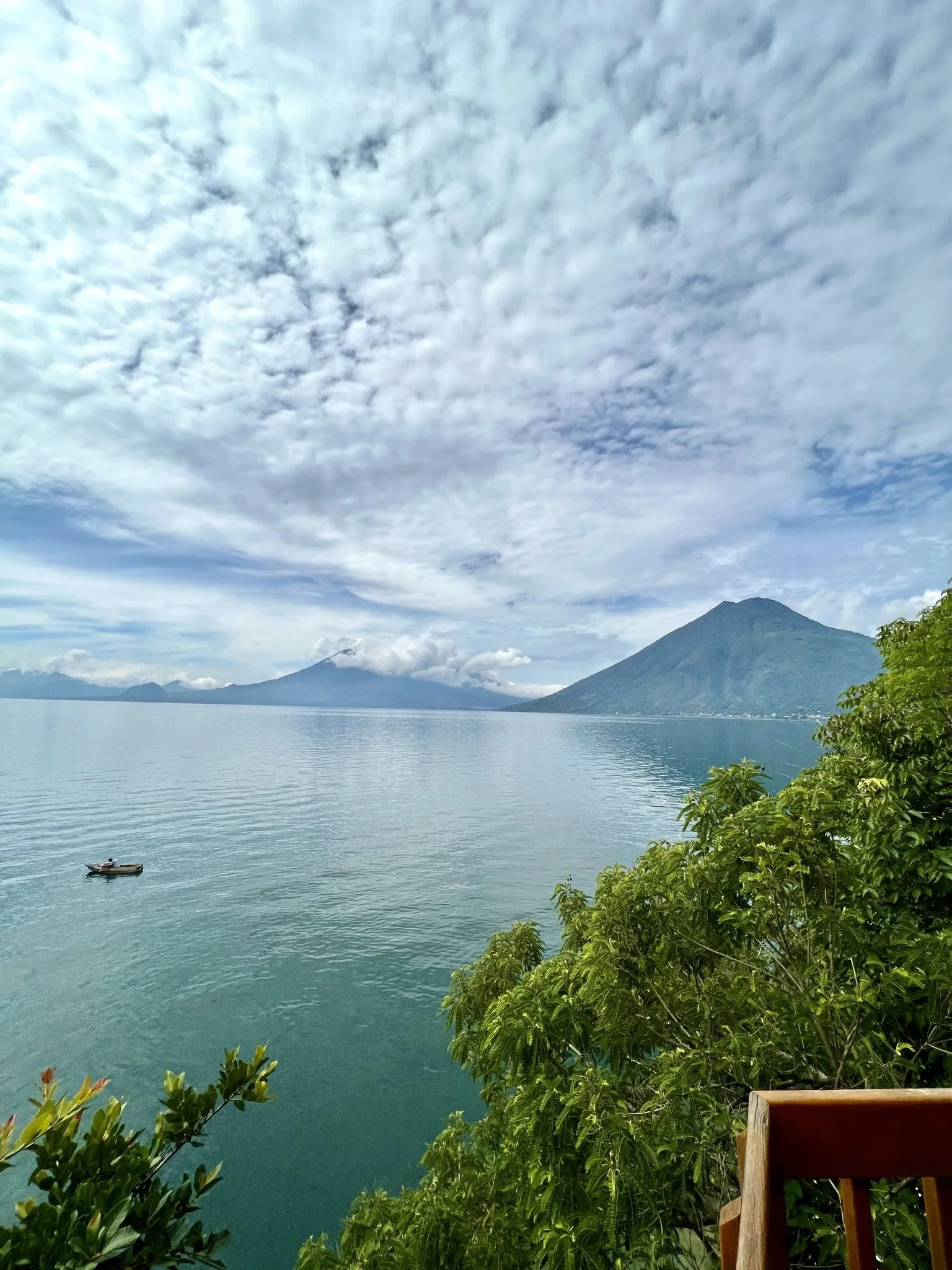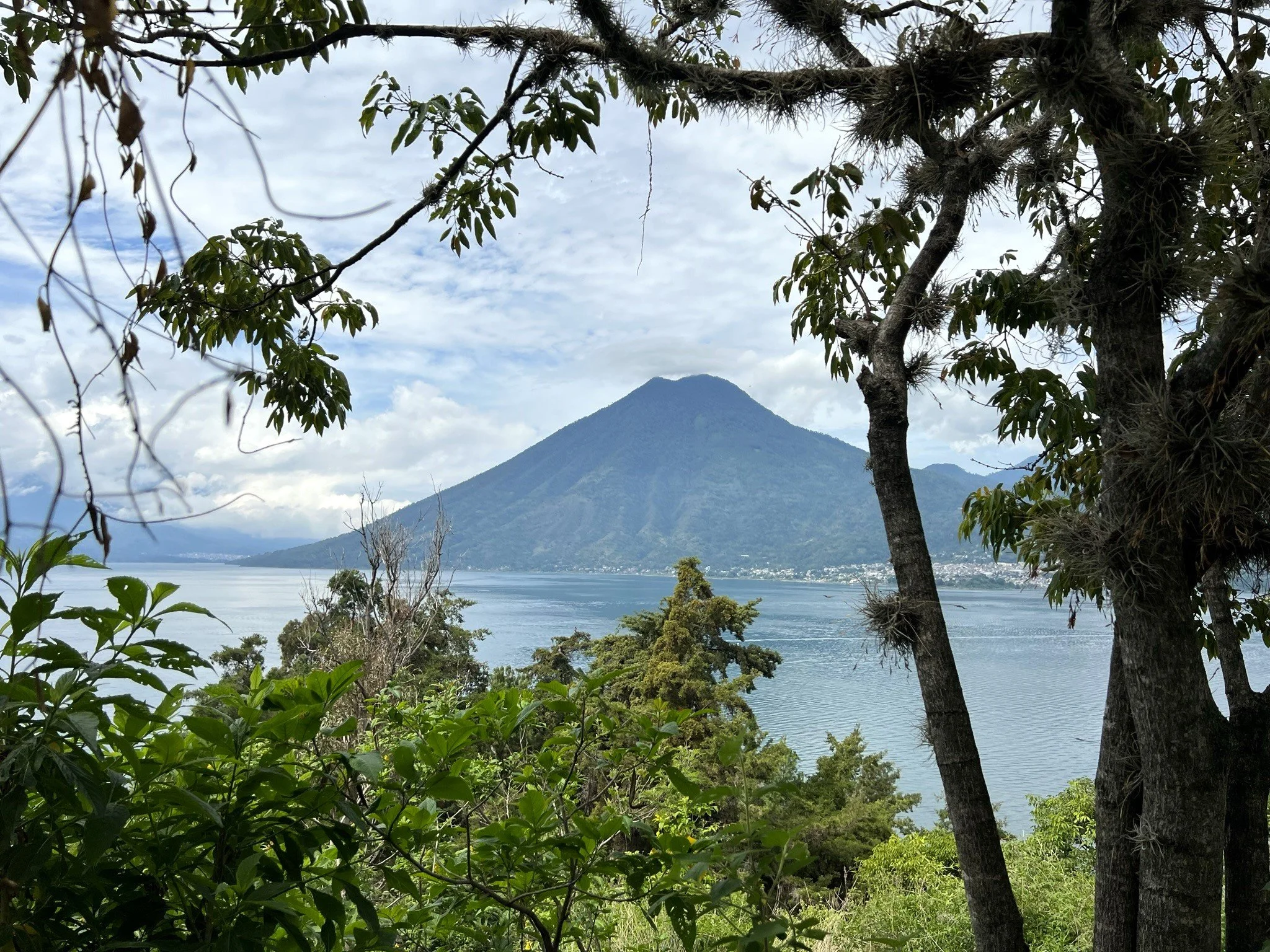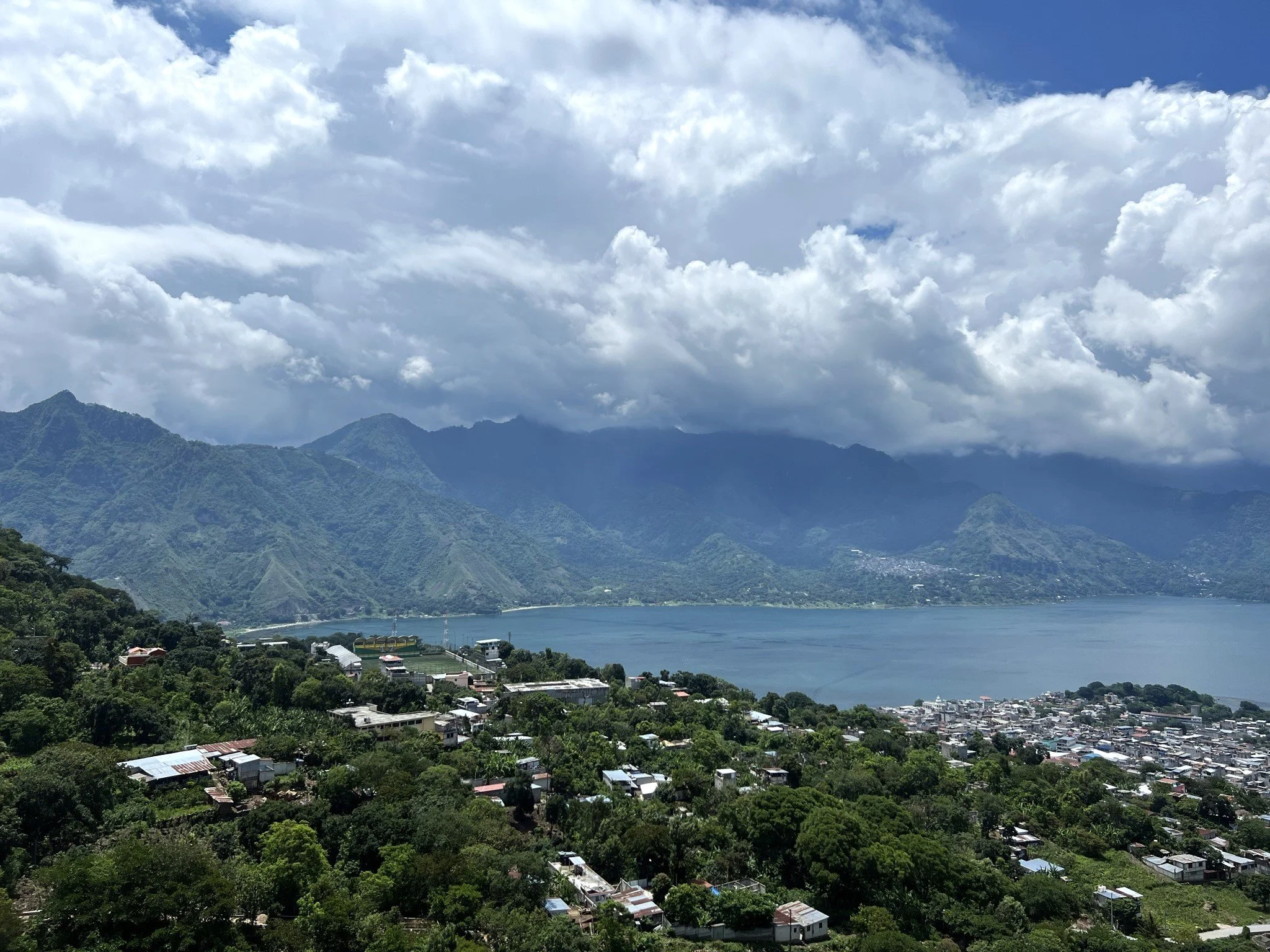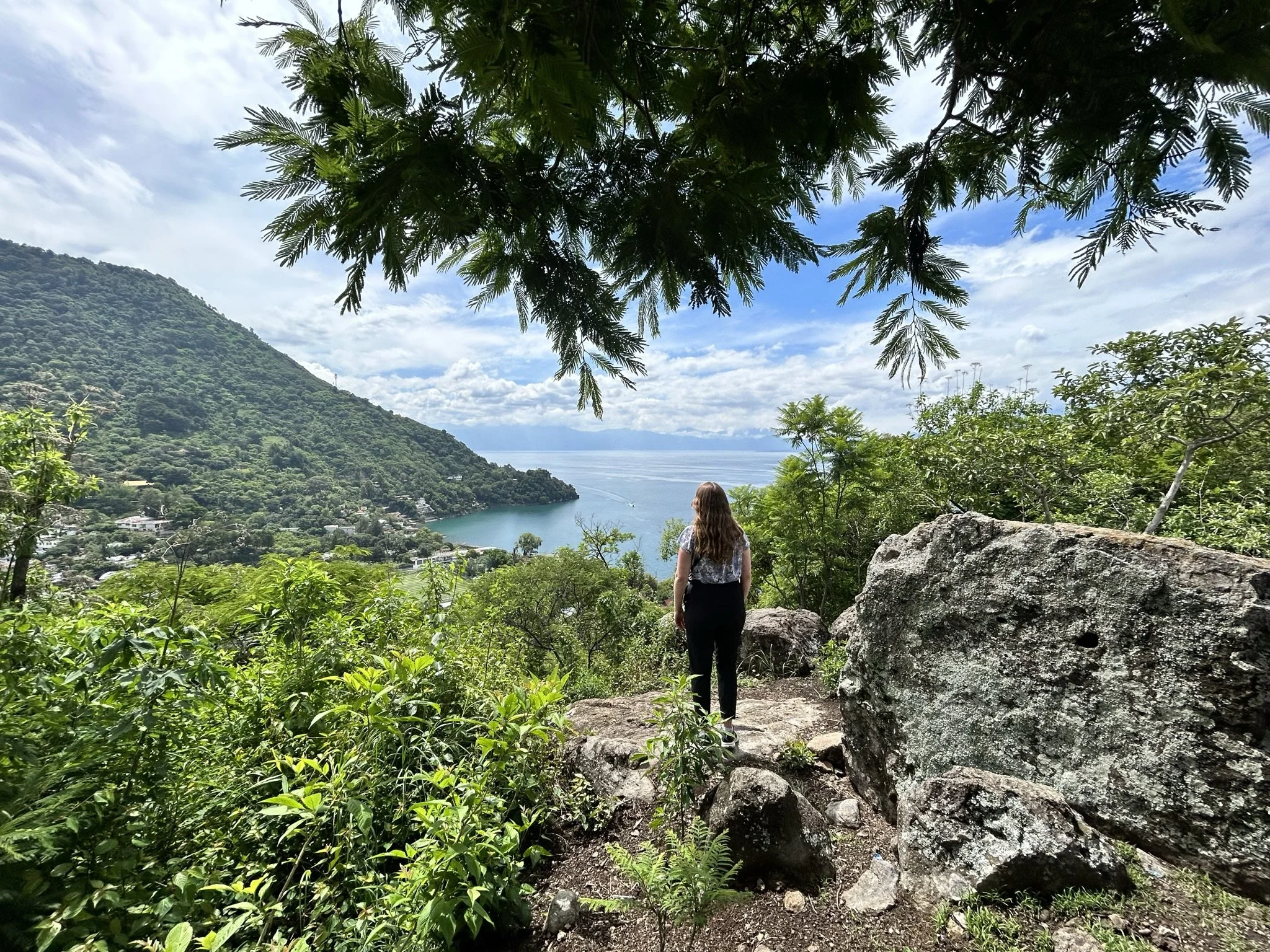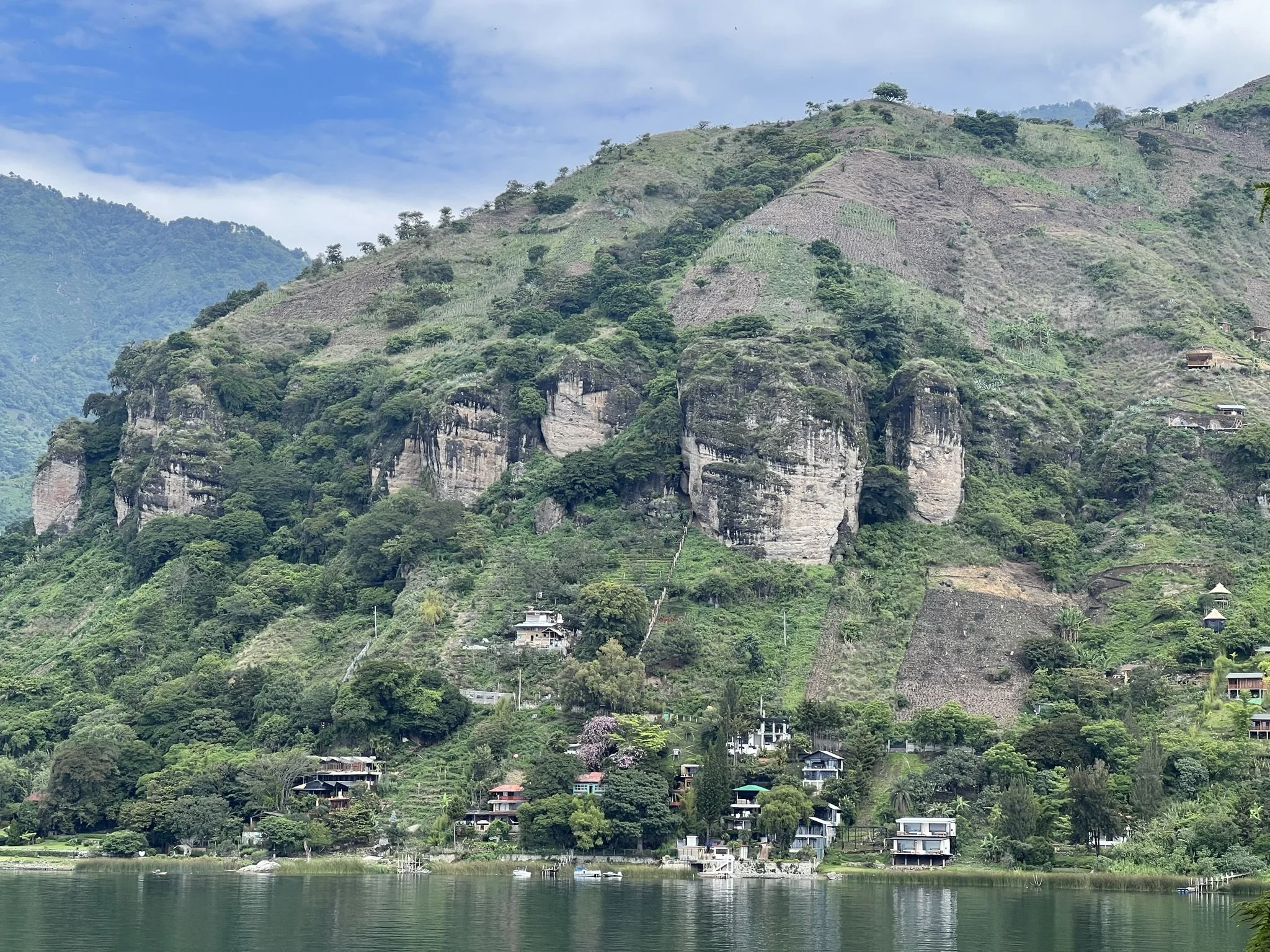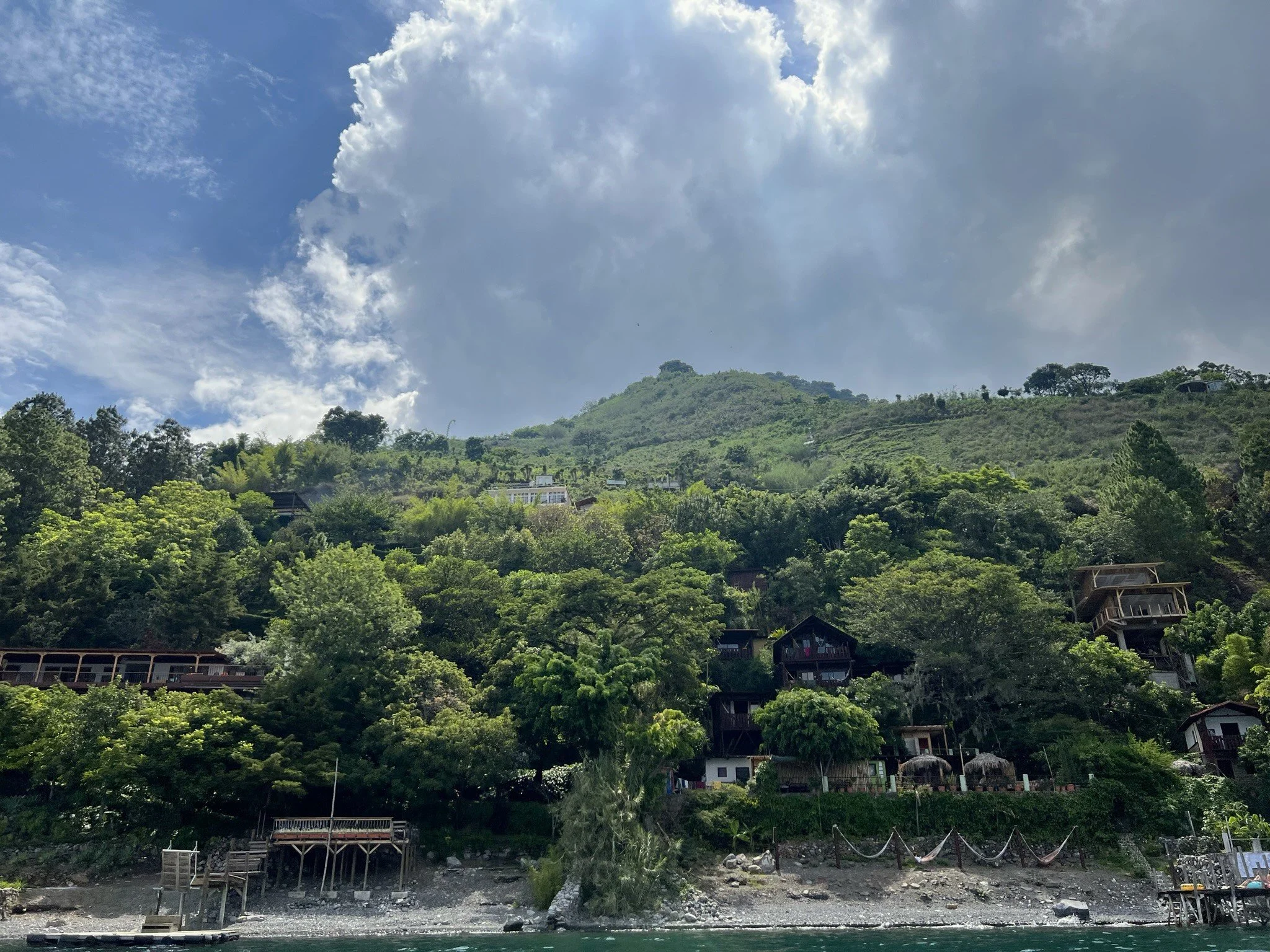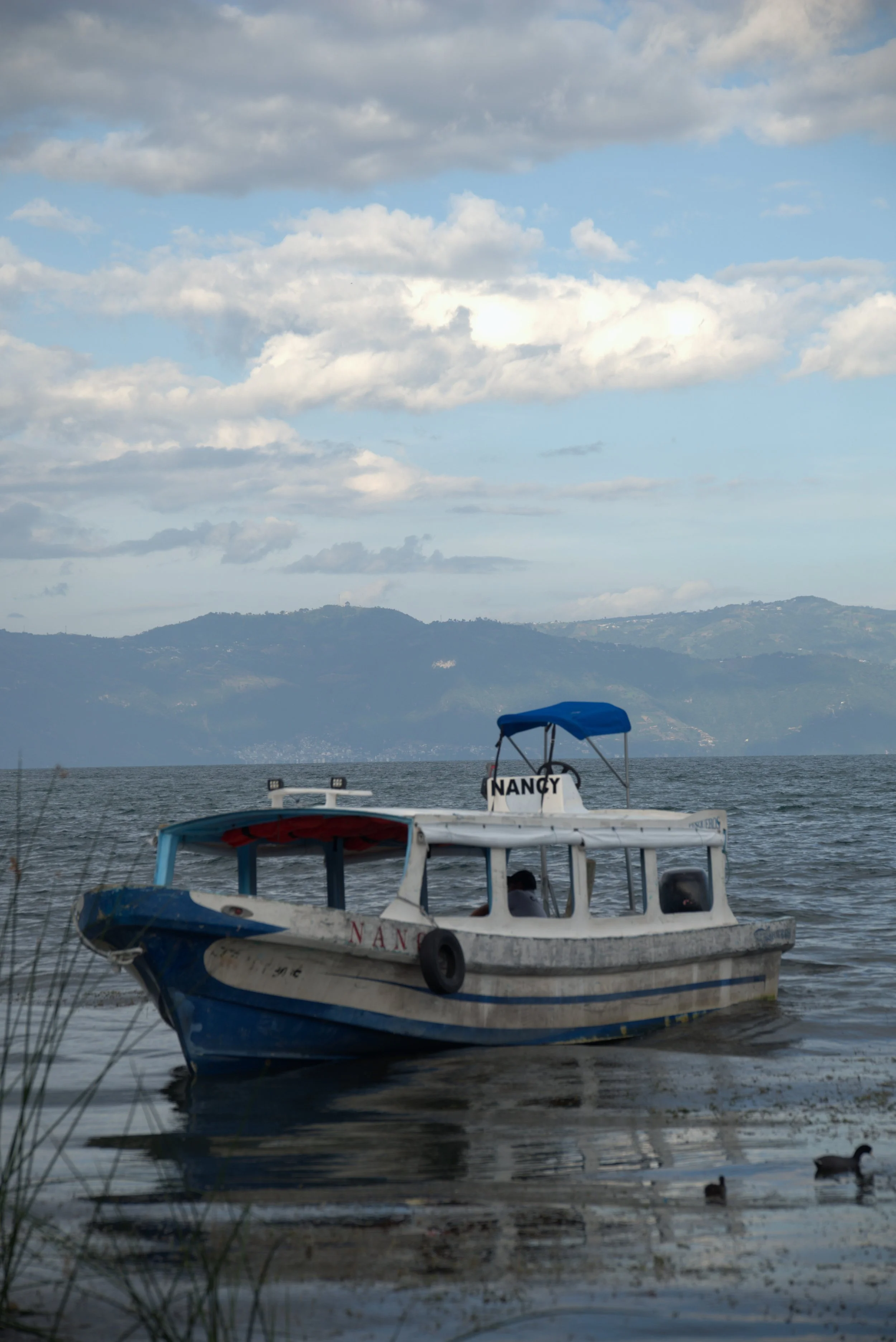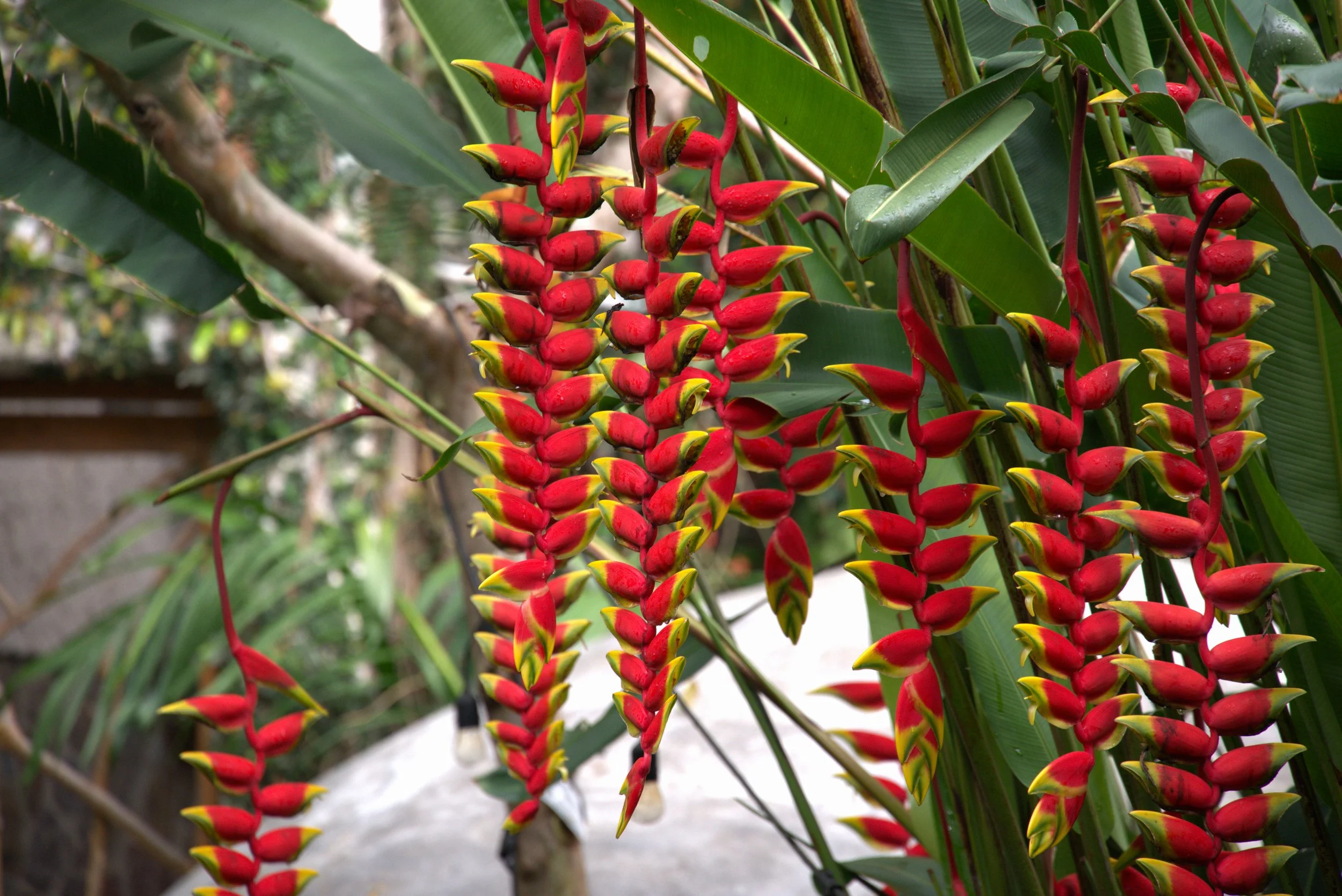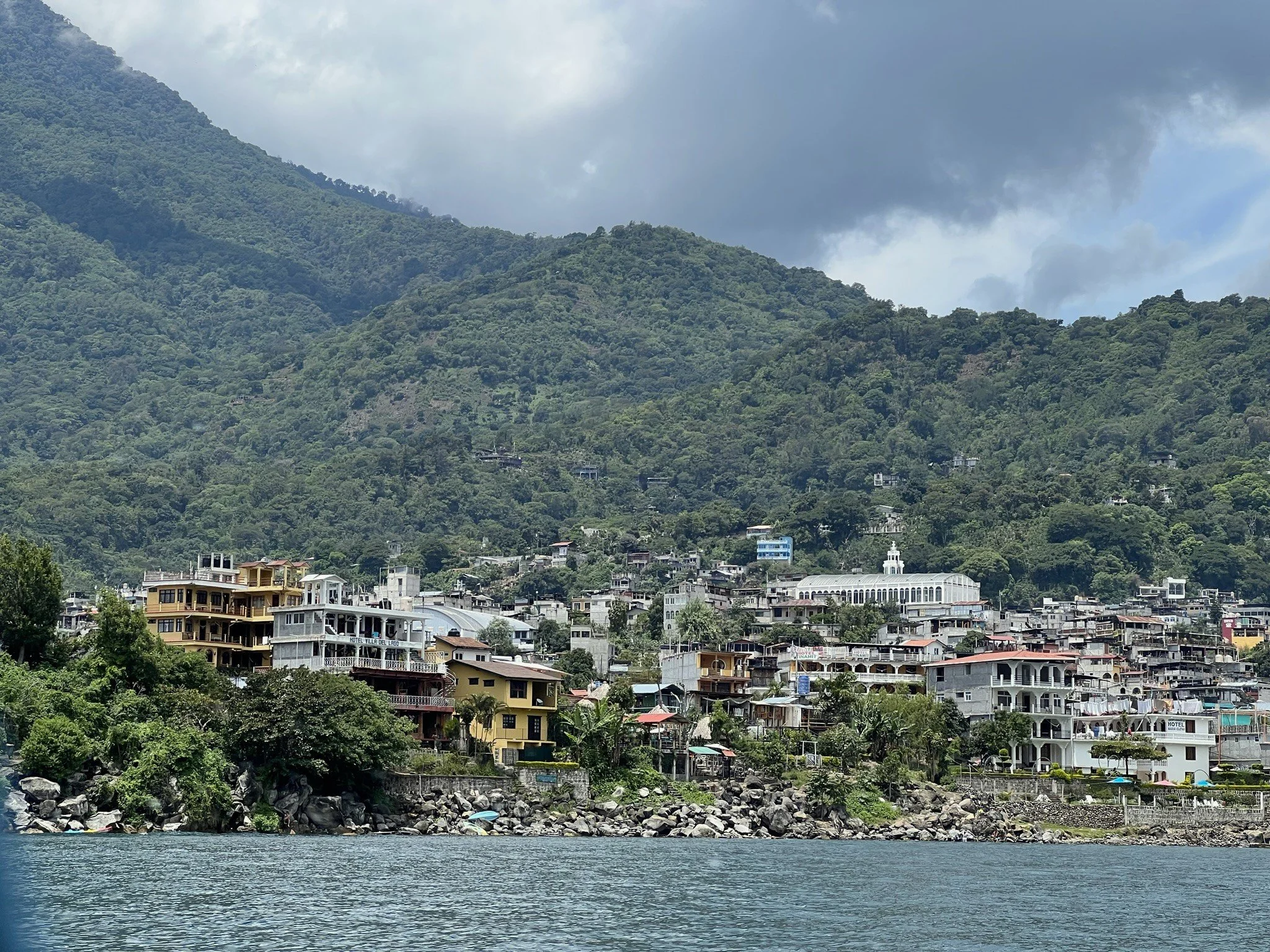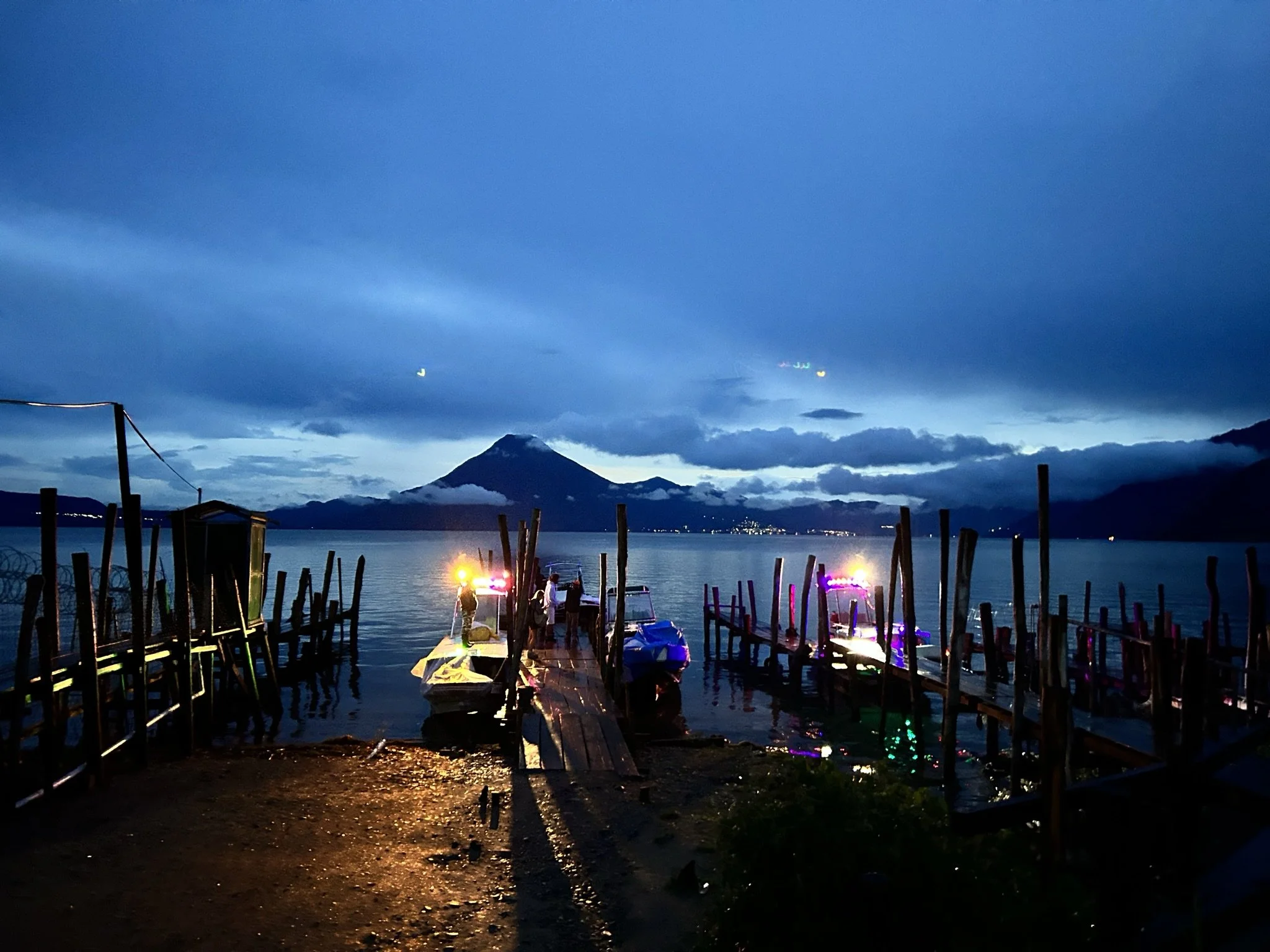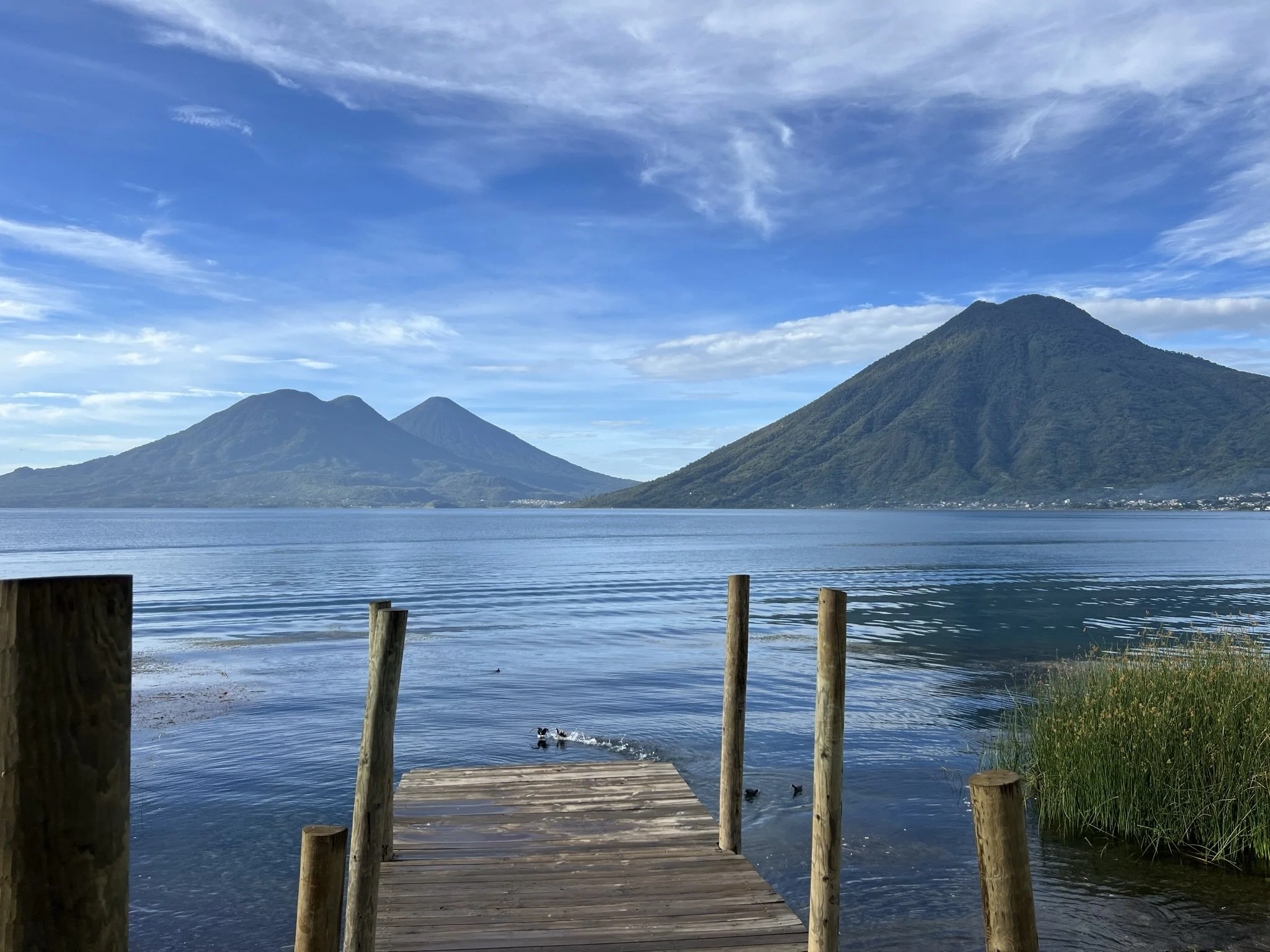
Lake Atitlan, Guatemala Travel Guide: The Lake Como of Latin America
Lake Atitlan, Guatemala
Discover the allure of Lake Atitlan, a breathtaking jewel nestled amidst Guatemala's highlands. With its sapphire-blue waters reflecting the verdant hills and majestic volcanoes, this enchanting lake is a visual feast that captivates the soul. Immerse yourself in the vibrant indigenous culture, explore bustling local markets, and witness ancient traditions. Embark on thrilling adventures, hiking the volcanic trails, kayaking on the tranquil waters, and indulging in lakeside bliss. Lake Atitlan beckons, offering an unforgettable journey where nature's beauty intertwines with rich cultural heritage, creating an experience that will forever resonate within you.
Table of Contents
About Lake Atitlan
Location and Geography
Weather
Getting to Lake Atitlan
How to Get Around the Lake
Natural Beauty of Lake Atitlan
Indigenous Culture
Top Outdoor Activities to Do in Lake Atitlan
Spiritual and Wellness Retreats
About Each Town Around the Lake
Lodging Options
Cultural Experiences to Have at Lake Atitlan
About Lake Atitlan
Nestled in the picturesque highlands of Guatemala, Lake Atitlan is a captivating gem that enchants visitors with its unparalleled natural beauty. This stunning lake, often hailed as one of the most beautiful in the world, is a shimmering jewel set amidst a backdrop of majestic volcanoes. With its crystal-clear blue waters reflecting the sky and the surrounding verdant hills, Lake Atitlán creates a scene of tranquility that leaves a lasting impression.
The lake is not only a visual feast but also a cultural treasure. It is encircled by indigenous Mayan villages, each brimming with rich traditions and vibrant heritage. These villages, such as Panajachel, San Pedro La Laguna, Santiago Atitlán, and Santa Cruz La Laguna, offer a glimpse into the indigenous way of life. Visitors can explore bustling local markets where artisans showcase their intricate handicrafts, witness ancient rituals and ceremonies, and immerse themselves in the warm embrace of the indigenous culture.
For those seeking adventure, Lake Atitlan presents a playground of outdoor activities. The towering volcanoes that adorn its shores beckon adventurous souls to embark on thrilling hikes and climbs, rewarding them with sweeping panoramic views of the lake and the surrounding landscapes. The tranquil waters of the lake invite kayakers and swimmers to indulge in their aquatic passions. Boat tours provide a leisurely way to explore the lake's diverse offerings, from hidden coves and secluded beaches to captivating lakeside towns.
Lake Atitlan is not only a feast for the senses but also a place of spiritual rejuvenation. Its serene ambiance and awe-inspiring vistas have drawn spiritual seekers and wellness enthusiasts from around the globe. The region hosts numerous retreat centers and yoga schools where visitors can partake in yoga classes, meditation retreats, and holistic healing practices. The nurturing environment of Lake Atitlan provides an ideal setting for self-reflection, relaxation, and personal growth.
While the lake has faced environmental challenges in recent years, conservation efforts are underway to preserve its ecological balance and safeguard its diverse flora and fauna. Visitors are encouraged to be mindful of their impact on the environment and support sustainable tourism practices.
Lake Atitlan is a place of extraordinary beauty, where nature, culture, and spirituality converge harmoniously. Whether you seek adventure, cultural immersion, or a tranquil escape, this enchanting lake will captivate your heart and leave an indelible mark on your soul.
Check out my other travel blog, Antigua, Guatemala: Exploring Cultural Marvels and Hidden Gems
Location and Geography
Lake Atitlan is situated in the western highlands of Guatemala, approximately 50 kilometers (31 miles) west of Antigua, Guatemala. It is nestled in a massive volcanic caldera, formed by a series of volcanic eruptions millions of years ago. The lake sits at an elevation of about 1,562 meters (5,125 feet) above sea level, surrounded by towering mountains and three magnificent volcanoes—Volcán Atitlán, Volcán San Pedro, and Volcán Tolimán.
The lake itself is a marvel of nature, stretching over an area of approximately 130 square kilometers (50 square miles). It is known for its remarkable depth, reaching depths of around 340 meters (1,115 feet), making it the deepest lake in Central America. The lake's basin is primarily formed by volcanic tuff, a type of rock composed of volcanic ash and debris.
The geography around Lake Atitlan is awe-inspiring. Lush green hills and terraced slopes encircle the lake, creating a striking contrast against the deep blue waters. These hills are adorned with vibrant flora, including coffee plantations, cornfields, and tropical vegetation. The volcanoes add a dramatic touch to the landscape, their peaks often shrouded in mist and clouds, providing a stunning backdrop to the lake's serenity.
Lake Atitlan is not only a picturesque body of water but also a focal point for the local Mayan communities that inhabit the surrounding villages. Their traditional homes, with terracotta-tiled roofs and vibrant facades, dot the hillsides, blending harmoniously with the natural environment.
The combination of the lake's crystal-clear waters, majestic volcanoes, and lush surroundings creates a mesmerizing setting that enchants visitors and makes Lake Atitlan a truly remarkable destination.
Weather
The weather at Lake Atitlan exhibits characteristics of a highland tropical climate. However, due to its altitude and geographical features, the region experiences some variations throughout the year. Here's a general overview of the weather you can expect at Lake Atitlán:
Dry Season (November to April):
The dry season is considered the most pleasant time to visit Lake Atitlan. During these months, you can expect mostly clear skies, abundant sunshine, and minimal rainfall. The temperatures are typically comfortable, with average highs ranging from 20 to 25 degrees Celsius (68 to 77 degrees Fahrenheit) and cooler evenings. It is advisable to bring a light jacket or sweater for the cooler nights.
Rainy Season (May to October):
The rainy season brings increased rainfall and a higher chance of cloudy or overcast days. Showers and thunderstorms are more common during this period, with precipitation levels peaking between June and September. The temperatures during the rainy season remain mild, with average highs ranging from 20 to 23 degrees Celsius (68 to 73 degrees Fahrenheit). It is recommended to carry an umbrella or raincoat to be prepared for the occasional showers.
It's important to note that weather patterns can vary from year to year, and microclimates may exist around the lake due to its size and topography. The weather can also change throughout the day, with mornings typically being clear and sunny, and clouds rolling in during the afternoon. The surrounding volcanoes can influence local weather conditions, creating temperature variations and potentially affecting visibility.
Getting to Lake Atitlan
There are several ways to reach Lake Atitlan in Guatemala, depending on your starting point and preferred mode of transportation. Here are some common options:
Fly to Guatemala City and then travel by road
If you are arriving internationally, you can fly into La Aurora International Airport in Guatemala City. From there, you can take a private shuttle, hire a taxi, or use public transportation to reach Lake Atitlan. The journey takes approximately 2 to 3 hours, depending on the specific destination around the lake.
Private Shuttle or Taxi
Private shuttles and taxis are a convenient and comfortable option for traveling directly from Guatemala City or other major cities to Lake Atitlan. You can arrange these services in advance through travel agencies, tour operators, or your accommodation. Private shuttles offer door-to-door service and can be more expensive but provide flexibility and comfort.
Public Transportation
If you prefer a more budget-friendly option and want to experience local travel, you can use public transportation. From Guatemala City, you can take a bus or a shared minivan (known as "chicken buses") to reach towns like Panajachel, which is a popular gateway to Lake Atitlan. It's worth noting that public transportation routes and schedules can be less reliable, and the journey may take longer than private transportation.
Rental Car
Renting a car allows for flexibility and the freedom to explore the region at your own pace. You can pick up a rental car from Guatemala City and drive to Lake Atitlan. The roads are generally in good condition but be prepared for some winding mountain roads and traffic congestion in certain areas. It's advisable to check with your rental car company about insurance coverage and road conditions before embarking on the journey.
Once you arrive at Lake Atitlan, various boat services operate between the lakeside towns, providing convenient transportation for exploring different villages and attractions around the lake.
Natural Beauty
The natural beauty of Lake Atitlan is truly awe-inspiring and has captivated visitors for centuries. This stunning body of water is renowned for its breathtaking scenery and harmonious blend of elements.
First and foremost, the lake itself is a sight to behold. Its crystal-clear blue waters, shimmering under the sunlight, create a mesmerizing spectacle. The vast expanse of the lake, spanning over 130 square kilometers (50 square miles), offers a serene and tranquil atmosphere. The depth of the lake, reaching around 340 meters (1,115 feet), adds to its allure and gives it a sense of mystique.
Surrounded by a dramatic backdrop of towering mountains and volcanoes, Lake Atitlan is nestled in a picturesque valley. The three main volcanoes—Volcán Atitlan, Volcán San Pedro, and Volcán Tolimán—add a touch of grandeur to the landscape. Their majestic peaks rise into the sky, often veiled by wisps of clouds, creating a surreal and captivating panorama.
The hills and slopes encircling the lake are adorned with lush greenery and vibrant vegetation. Coffee plantations, cornfields, and tropical flora add a rich tapestry of colors and textures to the landscape. The terraced hillsides, painstakingly cultivated by local farmers, create a breathtaking visual display. These terraces not only add to the natural beauty but also serve as a testament to the intimate relationship between the local communities and the land.
The charming lakeside towns and villages, with their traditional Mayan homes and vibrant facades, further enhance the natural beauty of Lake Atitlan. The architecture and colors of these settlements blend harmoniously with the surrounding environment, creating a picturesque scene that seems straight out of a postcard.
As the sun sets over the lake, the sky transforms into a canvas of vibrant hues. The colors reflected on the water create a mesmerizing display, painting the lake in shades of gold, orange, and pink. This magical moment, combined with the tranquil stillness of the lake, evokes a sense of peace and serenity.
How to Get Around the Lake
Getting around Lake Atitlan is relatively easy and offers a few options for transportation. Here are the common methods of getting around the lake:
Public Boats
Public boats, known as "lanchas," are a popular and affordable mode of transportation between the lakeside towns. These small motorized boats operate on regular schedules and provide a scenic and enjoyable way to explore the different villages around the lake. You can find public boat docks in each town, and fares are usually paid on board.
Private Boats and Water Taxis
If you prefer more flexibility and privacy, you can hire a private boat or water taxi. These can be arranged through local tour operators, hotels, or directly with boat owners. Private boats allow you to customize your itinerary and visit specific locations at your own pace.
Tuk-tuks and Taxis
Within the lakeside towns, tuk-tuks (three-wheeled motorized rickshaws) and taxis are available for shorter trips or to navigate through narrow streets. Tuk-tuks are a common and affordable option, particularly for short distances. Taxis provide more comfort and convenience, and they can be found at designated taxi stands or hailed on the street.
Walking
Many visitors enjoy exploring the lakeside towns on foot. The towns are compact and pedestrian-friendly, allowing you to stroll through the charming streets, visit local markets, and soak in the atmosphere at your own pace. Walking is an excellent way to immerse yourself in the local culture and discover hidden gems.
Bicycles and Scooters
Renting bicycles or scooters is a popular option for those who want to explore beyond the towns and venture into the surrounding countryside. Many rental shops offer bicycles and scooters for hire, allowing you to navigate the scenic roads and enjoy the natural beauty of the area.
It's important to note that while there are road connections between some towns, the roads can be narrow and winding, and traffic conditions can vary. Boat travel remains the primary means of transportation for accessing different parts of the lake.
Indigenous Culture
The indigenous culture of Lake Atitlan is rich, vibrant, and deeply rooted in the Mayan heritage. The lake and its surrounding villages are home to various indigenous Mayan communities, each with its own distinct traditions, language, and way of life. Here is an overview of the indigenous culture at Lake Atitlan:
Maya Kaqchikel, Maya Tz'utujil, and other Mayan Communities
The lake region is primarily inhabited by indigenous Mayan groups, with the Maya Kaqchikel and Maya Tz'utujil being the most prominent. These communities have preserved their ancient customs, beliefs, and languages over generations. Their cultural identity is reflected in their traditional clothing, vibrant textiles, and intricate craftsmanship.
Traditional Dress
The indigenous people of Lake Atitlan proudly embrace their cultural heritage through their traditional dress. Women often wear intricately woven huipiles (blouses) adorned with vibrant patterns and colors. These textiles are meticulously handcrafted, representing a unique blend of ancestral symbols and contemporary designs. Men traditionally wear handwoven pants, shirts, and hats, completing the ensemble with woven belts and sashes.
Markets and Handicrafts
The villages around the lake host bustling markets where locals showcase their craftsmanship and sell a wide array of traditional products. These markets are vibrant hubs of activity, where you can find beautifully woven textiles, handmade jewelry, ceramics, woodwork, and more. It's a fantastic opportunity to support local artisans and take home unique souvenirs.
Mayan Traditions and Rituals
The indigenous communities at Lake Atitlan maintain ancient Mayan traditions and rituals, often blending them with elements of Catholicism brought by the Spanish colonizers. Sacred ceremonies, such as traditional Maya weddings or healing rituals, continue to be performed, preserving the spiritual practices passed down through generations. Visitors may have the chance to witness or participate in these rituals, providing a deeper understanding of the Mayan worldview.
Language and Oral Traditions
The indigenous people of Lake Atitlan primarily speak Kaqchikel, Tz'utujil, and other Mayan languages. These languages are an integral part of their cultural identity and are actively used in daily conversations, storytelling, and transmitting ancestral knowledge. The oral traditions of storytelling and folklore play a significant role in preserving the collective memory and wisdom of the Mayan communities.
Community Life and Social Structure
Indigenous communities at Lake Atitlan maintain strong communal ties and a collective sense of identity. The concept of community is essential, and many decisions are made collectively through community assemblies. Extended families often live together in compounds called "patios," fostering a sense of unity and cooperation.
Visitors to Lake Atitlan have the opportunity to engage with the indigenous culture by interacting with locals, visiting traditional villages, participating in cultural activities, and supporting community-based initiatives. It is a chance to appreciate the resilience and richness of the Mayan heritage and learn from the profound wisdom of these communities.
Top Outdoor Activities to Do in Lake Atitlan
Lake Atitlan offers a plethora of outdoor activities that take advantage of its stunning natural surroundings. Here are some of the top outdoor activities to enjoy at Lake Atitlán:
Hiking and Volcano Climbing: The volcanoes that surround Lake Atitlan provide excellent opportunities for hiking and climbing. You can embark on hikes to the summits of Volcán San Pedro, Volcán Atitlán, or Volcán Tolimán, each offering rewarding panoramic views of the lake and its surroundings. These hikes range in difficulty, so choose one that suits your fitness level and experience.
Kayaking and Stand-Up Paddleboarding: Explore the tranquil waters of Lake Atitlan by kayaking or stand-up paddleboarding. Rent equipment and glide along the lake's calm surface, enjoying the scenic beauty and serenity of your surroundings. It's a fantastic way to discover hidden coves, visit lakeside villages, and connect with the natural environment.
Boat Tours and Cruises: Take a boat tour or cruise to experience the lake from a different perspective. You can hop on a public boat or hire a private boat to explore the different villages around the lake. Enjoy the picturesque views, visit local attractions, and learn about the cultural heritage and history of the region from knowledgeable guides.
Swimming and Relaxing on the Beaches: There are several small beaches along the shores of Lake Atitlan where you can swim, sunbathe, and unwind. Seek out a tranquil spot, take a refreshing dip in the clear waters, or simply relax on the sandy beaches while soaking up the breathtaking scenery.
Paragliding and Ziplining: For adventurous souls, Lake Atitlan offers exhilarating experiences like paragliding and ziplining. Soar through the skies on a paraglider, taking in panoramic views of the lake and the surrounding landscapes. Alternatively, glide through the treetops on zipline courses, immersing yourself in the beauty of the lush forests and enjoying an adrenaline rush.
Birdwatching and Nature Photography: Lake Atitlan and its surroundings are home to a diverse array of bird species and wildlife. Embark on a birdwatching excursion to spot colorful native and migratory birds, such as hummingbirds, toucans, and herons. Capture stunning nature photographs as you explore the scenic landscapes and observe the rich biodiversity of the region.
Spiritual and Wellness Retreats
Lake Atitlan has gained recognition as a popular destination for wellness retreats, offering a serene and rejuvenating environment for individuals seeking personal growth, relaxation, and holistic healing. Here is an overview of some of the wellness retreats and centers around Lake Atitlan:
The Yoga Forest: Nestled in the lush mountainside of San Marcos La Laguna, The Yoga Forest is a renowned yoga retreat center. It offers immersive yoga and meditation retreats, workshops, and teacher training programs. The center emphasizes sustainable living practices, organic vegetarian meals, and a connection with nature. Guests can participate in yoga classes, ecstatic dance, cacao ceremonies, and enjoy stunning views of Lake Atitlan.
Villa Sumaya: Located in Santa Cruz La Laguna, Villa Sumaya is a wellness and retreat center offering a range of programs focused on yoga, meditation, and personal growth. The center hosts renowned international teachers and provides a peaceful setting for self-reflection and transformation. Visitors can enjoy yoga classes, holistic treatments, nutritious vegetarian meals, and access to healing spaces, including a spa and a temazcal (Mayan sweat lodge).
Mahadevi Ashram: Situated in the village of San Juan La Laguna, Mahadevi Ashram is a spiritual sanctuary offering yoga and meditation retreats, conscious living programs, and workshops on topics like Ayurveda and Tantra. The ashram promotes a holistic approach to well-being and provides a tranquil space for introspection and self-discovery.
Mystical Yoga Farm: Located near Santiago Atitlán, the Mystical Yoga Farm offers immersive yoga teacher training courses, as well as yoga retreats and workshops. The farm focuses on sustainable living, permaculture practices, and community building. Guests can engage in daily yoga and meditation sessions, learn about sustainable farming, and enjoy vegetarian meals made from organic produce.
Atitlán Organics: Situated in Tzununá, Atitlan Organics is an organic farm and education center that promotes sustainable agriculture and permaculture practices. The center offers workshops and courses on organic farming, natural building, and sustainable living. Visitors can learn about regenerative farming methods, participate in hands-on activities, and enjoy the tranquility of the farm's surroundings.
Towns Around Lake Atitlan
Lake Atitlan is surrounded by several picturesque towns and villages, each with its own distinct character and attractions. Here's an overview of the major towns around Lake Atitlan and what they are known for:
Panajachel: Panajachel, often referred to as "Pana," is the main gateway to Lake Atitlan. It is a bustling town with a lively atmosphere and a range of amenities for tourists. Panajachel is known for its vibrant artisan market, where you can find a wide array of traditional textiles, handicrafts, and souvenirs. The town also offers a variety of restaurants, cafes, and accommodations, making it a popular base for exploring the lake.
San Pedro La Laguna: San Pedro La Laguna is a laid-back and bohemian town that attracts backpackers and travelers seeking a relaxed atmosphere. It is known for its thriving backpacker scene, with numerous hostels, bars, and budget accommodations. San Pedro also offers opportunities for adventure activities, including volcano hiking, Spanish language schools, and yoga retreats.
Santiago Atitlan: Santiago Atitlan is one of the largest and most traditional towns on the lake. It is known for its indigenous culture and the preservation of ancient Mayan traditions. The town is home to the venerated Maximon, a Mayan deity figure, and hosts elaborate ceremonies and processions related to Mayan spirituality. Santiago Atitlan is also known for its vibrant textiles and woodcarvings, which can be found in local markets.
Santa Cruz La Laguna: Santa Cruz La Laguna is a quieter and more secluded village, ideal for those seeking a peaceful retreat. It is known for its stunning lake views and serene ambiance. Santa Cruz is a popular destination for eco-lodges and yoga retreats, offering a serene escape from the hustle and bustle of daily life. The village is nestled on the hillsides, providing breathtaking vistas of the lake and the surrounding landscapes.
San Marcos La Laguna: San Marcos La Laguna is renowned as a spiritual and wellness hub. It attracts visitors seeking healing, holistic therapies, and self-reflection. The town offers numerous yoga centers, meditation retreats, and alternative healing practices. San Marcos is surrounded by lush nature and offers a serene and tranquil atmosphere, perfect for relaxation and rejuvenation.
San Juan La Laguna: San Juan La Laguna is known for its strong focus on community development and sustainable tourism. The town is renowned for its cooperative textile weaving and natural dyeing practices. Visitors can learn about traditional weaving techniques, visit local artist cooperatives, and purchase high-quality textiles and artwork. San Juan also offers opportunities to explore coffee and organic farming initiatives.
Each town around Lake Atitlan provides a unique experience and contributes to the cultural tapestry of the region. Exploring these towns allows you to immerse yourself in the local traditions, artistry, and natural beauty of Lake Atitlan.
Lodging Options Around Lake Atitlan
Lake Atitlan has a diverse selection of well-regarded accommodations around Lake Atitlan, considering different budgets. Here is a list of just a few lodging options you can choose from around the lake.
Luxury/High-End Options:
Casa Palopó (Santa Catarina Palopó)
Laguna Lodge Eco-Resort & Nature Reserve (Santa Cruz La Laguna)
Isla Verde Hotel (Santa Cruz La Laguna)
Hotel Atitlan (Panajachel)
Casa del Mundo (Jaibalito)
Mid-Range/Moderate Options:
La Fortuna at Atitlan (Santa Cruz La Laguna)
Hotel Tolimán (San Lucas Tolimán)
Hotel Bambu (Panajachel)
Maya Moon Lodge (San Marcos La Laguna)
Posada de Don Rodrigo (Panajachel and Santiago Atitlán)
Budget-Friendly/Hostels:
Hostal Zoola (Panajachel)
Free Cerveza Hostel (San Marcos La Laguna)
Mikaso Hotel y Restaurante (San Pedro La Laguna)
Hotel Casa Ramos (San Pedro La Laguna)
Hotel Posada de Santiago (Santiago Atitlán)
Boutique/Unique Options:
La Iguana Perdida (Santa Cruz La Laguna)
Lush Atitlán (San Marcos La Laguna)
Hotel Isla Verde Boutique (Santa Cruz La Laguna)
Hotel Arca de Noé (Jaibalito)
Airbnb’s: Lake Atitlan also offers a wide range of Airbnb’s to pick from. You can either pick from one’s in the major towns or in some of the smaller towns for an even more quiet and tranquil visit.
Please note that availability, rates, and amenities may vary, so it's advisable to research each property, check current prices, and read reviews to make an informed decision based on your specific preferences and budget. Additionally, new accommodations may emerge, and existing ones may undergo changes, so it's always worth exploring recent information and reaching out to the accommodations directly for the most up-to-date details.
Check out my other travel blog, Antigua, Guatemala: Exploring Cultural Marvels and Hidden Gems
Cultural Experiences to Have at Lake Atitlan
As a tourist visiting Lake Atitlan, you have a unique opportunity to immerse yourself in the rich indigenous culture of the region. Here are the top cultural experiences to have at Lake Atitlan, Guatemala:
Explore Indigenous Villages: Visit indigenous villages around the lake, such as Santiago Atitlan, San Juan La Laguna, or Santa Catarina Palopó. Engage with the local communities, learn about their customs and traditions, and witness their way of life.
Local Markets: Explore bustling local markets, such as the market in Chichicastenango (a town near Lake Atitlan), where vendors sell colorful textiles, handicrafts, fresh produce, and local delicacies. Interact with artisans, learn about traditional weaving techniques, and purchase authentic souvenirs.
Textile Workshops: Participate in textile workshops to learn about the ancient art of backstrap weaving. Visit weaving cooperatives in towns like San Juan La Laguna or Santa Catarina Palopó, where you can see the intricate process of creating beautiful textiles and even try your hand at weaving.
Traditional Ceremonies: Witness traditional Mayan ceremonies and rituals, which often blend indigenous practices with Catholic influences. Santiago Atitlán is known for its vibrant religious ceremonies and spiritual traditions centered around Maximon, a revered deity figure.
Visit Mayan Ruins: Take a trip to the nearby archaeological site of Iximché, located near Lake Atitlan. Explore the ancient ruins of this Mayan city, which provide insights into the region's history and offer a glimpse into the ancient Mayan civilization.
Community Tourism: Engage in community tourism initiatives, where you can stay with local families or participate in community-led activities. These experiences provide an authentic insight into the daily life and customs of the indigenous communities.
Traditional Cuisine: Sample traditional Guatemalan cuisine and savor local dishes. Try regional specialties like Pepián (a savory meat stew), Kaq'ik (a spicy turkey soup), or Kak'ik (a traditional chicken dish). Visit local eateries to indulge in the flavors and ingredients that define Guatemalan gastronomy.
Traditional Music and Dance: Experience the vibrant traditional music and dance of the Mayan culture. Attend local festivals, where you can witness colorful traditional attire, lively dances, and the rhythmic sounds of indigenous music.
Homestays: Consider staying with a local family through homestay programs. This immersive experience allows you to live with a Mayan family, learn about their daily routines, and gain a deeper understanding of their customs and way of life.
Artisan Workshops: Participate in artisan workshops to learn traditional crafts like pottery, wood carving, or jade carving. Gain hands-on experience while learning from skilled artisans and creating your own unique piece of artwork.
These cultural experiences at Lake Atitlan offer a deeper connection with the indigenous heritage and provide a glimpse into the vibrant and enduring Mayan culture of the region. Respectful engagement, openness, and curiosity will enhance your interactions and create meaningful connections with the local communities.

